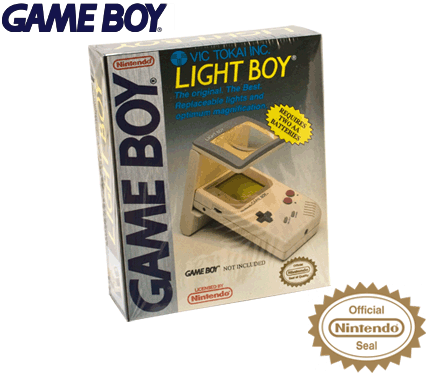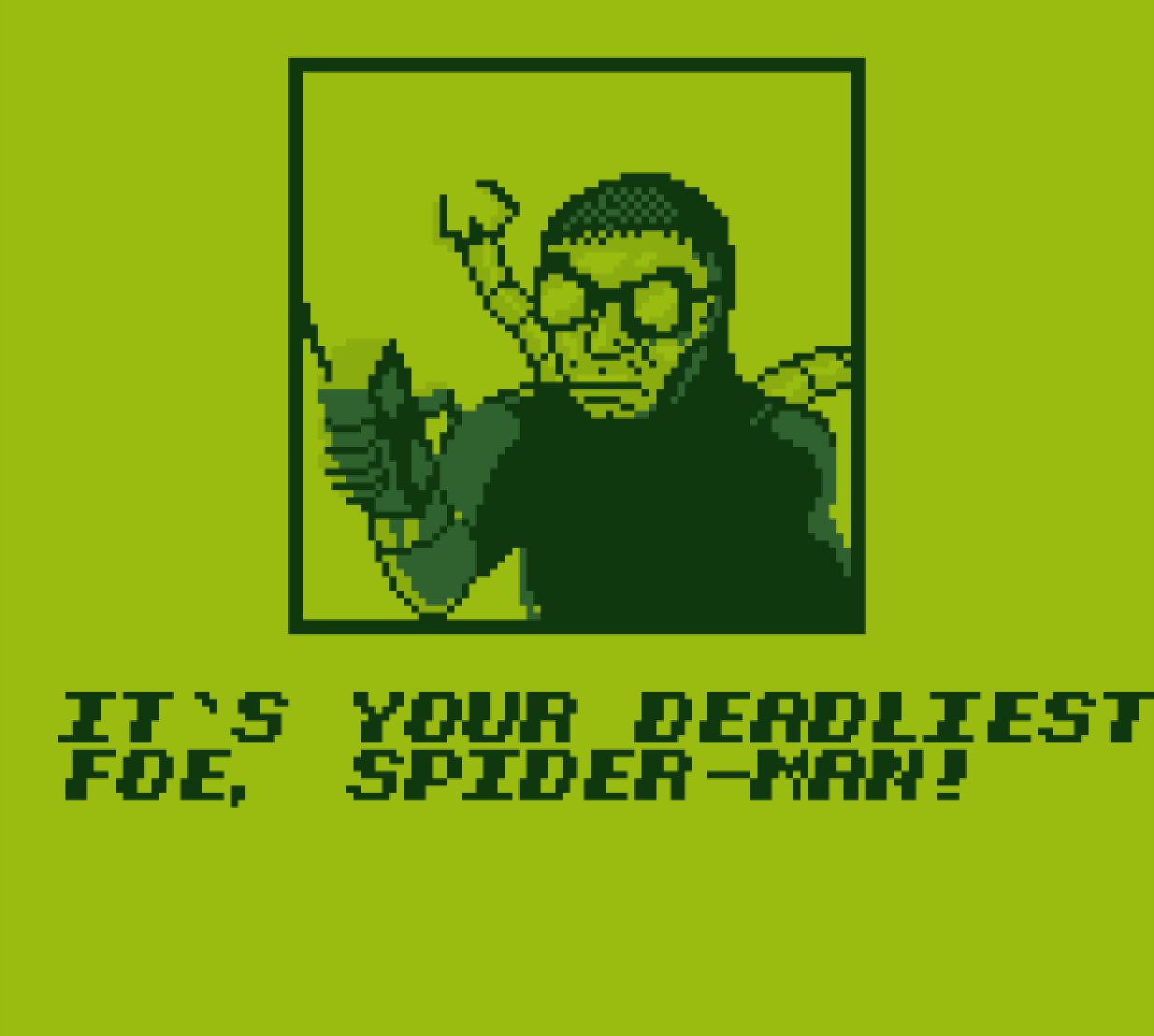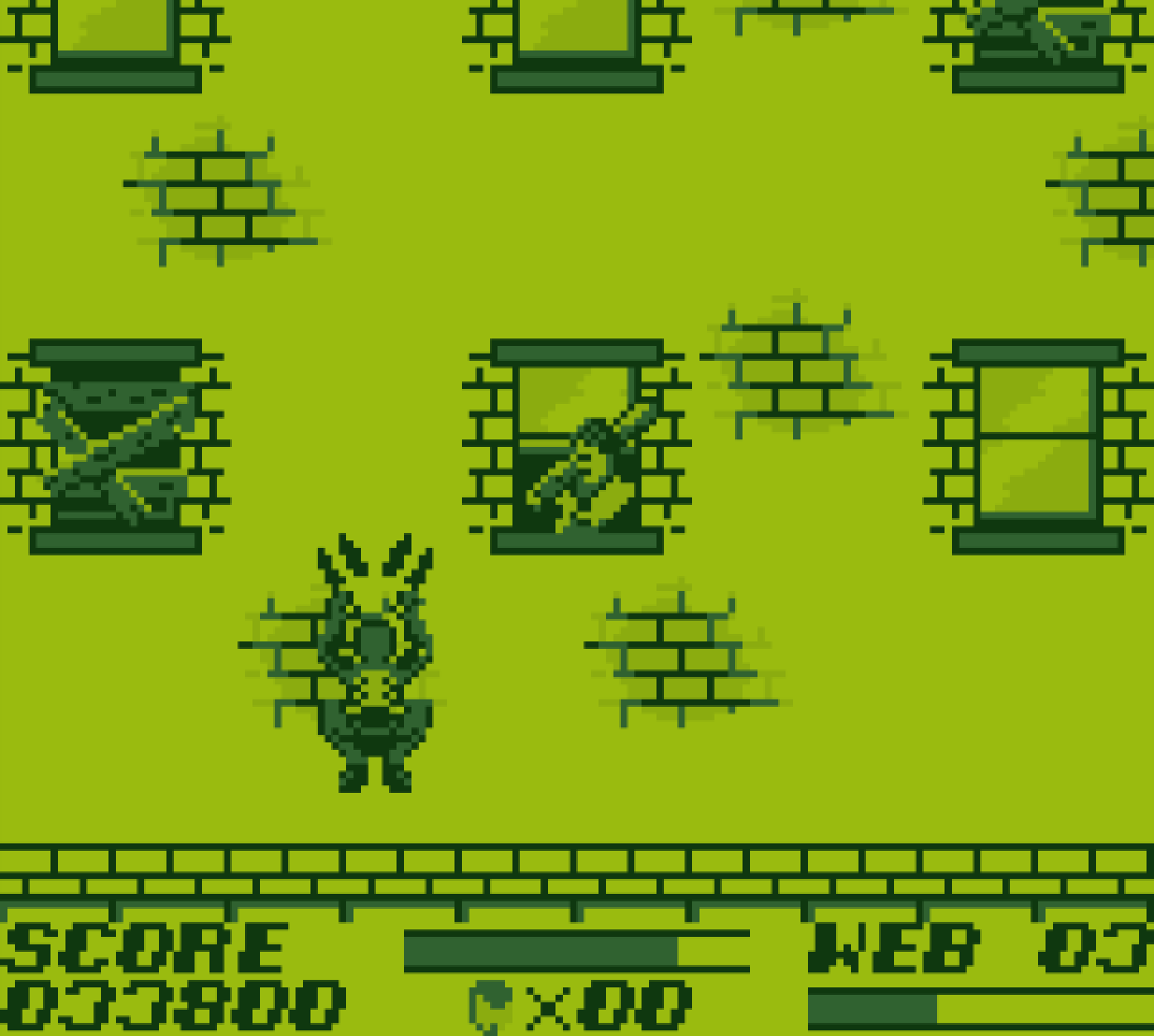The Amazing Spider-Man review
I was a Marvel Comics kid growing up. Early exposure to Spider-Man, the X-Men, Incredible Hulk, and the like captured my imagination and got me interested in superheroes even before I could actually read. While the X-Men would eventually become something of an obsession, my first favorite superhero was Spider-Man. My earliest recollection of reading for pleasure was The Amazing Spider-Man, a comic book which I had a subscription to way back in 1992. (Remember print media?) Young me also had little Spider-Man pajamas that basically served as a costume to be worn every night. (The pajamas came with a red web cape for some reason, and my mother used the material to give my Spidey PJ’s the authentic armpit webbing.) It was badass, I assure you.
The Amazing Spider-Man was also one of my first Game Boy games. Thanks to the efforts of Big Brother Mike, we already had Tetris and Super Mario Land at our house, so Spider-Man was likely the third portable game cartridge we procured. I distinctly remember playing this game in the dark, using the Light Boy – a bulky flashlight/magnifying glass device that snapped onto the top of the original Game Boy and required two more AA batteries, but enabled one to play their portable games in total darkness. Today the Light Boy would be considered a comical monstrosity – or would perhaps be mistaken for a poorly executed steampunk makeover – but it was the first of many bad lighting options before the Game Boy got legitimate backlighting.
God said, Let there be light: and there was light. And God saw the Light Boy, and it was embarrassing.
First off, it must be said that this game is very old fashioned, set up like the port of an arcade title. There is no password or save system, no game options, there aren’t even any cheat codes. From the title screen, you can only press START and go. You get three lives and three continues, that is all.
Each level is preceded by a cutscene wherein Spider-Man has a radio conversation with that level’s boss character. These scenes are passable, with at least Spider-Man well drawn on the Game Boy’s small, four-shade canvas. The bosses in the conversations don’t look so hot, especially Doc Ock. The dialogue is poorly written, but I think it successfully captures some of the playful banter that makes Spider-Man such a likable superhero.
Spidey's looking pretty respectable.
Did someone have to draw this on a time limit or something?
The Amazing Spider-Man on Game Boy is a simple platforming action game featuring two types of gameplay: 1) side-scrolling, on foot segments, and 2) wall crawling vertical segments. The former feels very limiting, considering Spider-Man’s agility and array of abilities in the comic book, while the latter is actually pretty darn fun. Unfortunately the bulk of this game is spent walking Spidey, and whether it’s through the streets, on rooftops, atop a subway train, or a leisurely stroll through Central Park, it’s underwhelming.
Using the Game Boy’s two buttons, the basic controls are jump and attack. Spider-Man is capable of punching while standing, kicking when crouching or in mid air. Jumping while moving to the side is apparently how to get Spidey to jump twice as high. Web shooting is also possible, as well as some “to hell with physics” hovering web swinging across the top half of the screen. Both deplete your limited web meter. Considering the variety of what the developers were able to do with two buttons, I’m rather impressed by the controls, but they are still clunky at best.
Overall, the gameplay is pretty terrible. Controls are awkward and platforming is shoddy. Levels are visually simplistic to point of looking half-assed and the character sprites are worse. It’s understandable that the developers couldn’t make Spider-Man too detailed for the tiny screen, but he’s almost unrecognizable. Enemy thugs are even more ugly. The music is good, but the sound effects are annoying and grating to the ears.
Boss fights cap off every level and range from simplistic, patterned movements to cheap and aggravating. Interestingly, Rhino, the fourth boss in the game, is the easiest to beat. Somehow that seems kind of faithful to the comic book…
As the player, I think we are supposed to assume that everyone we encounter in this game is a criminal and accomplice of the comic book villains. Otherwise the general population appears to be very hostile toward Spider-Man. Every person who looks out their window inevitably tries to take a swing at ol’ webhead with a baseball bat. I guess he does steal food out of their windows every chance he gets. By the way, what kind of food is that supposed to be? Burgers? A loaf of bread maybe? With the Game Boy’s low-res visuals, it looks like a Romertopf clay baker.
Birds and bats will also attack Spidey, so even the New York fauna are against you. And is that supposed to be the Lizard poking out from under every manhole cover? Dr. Curt Connors is one (lizard-ish) person, how is he everywhere?
As mentioned earlier, the vertical wall crawling segments are, in my opinion, the highlight of this game. The first instance, in the second level, is quite fun, with thugs peaking out of windows and pumpkin bombs dropping from above. We even see a great gameplay implementation of Spider-Sense, here used to warn the player of impending bomb drops. The building scrolls up and up as Spidey climbs, and the soundtrack similarly ascends in a great thematic touch. Climbing returns in the fifth level, this time ditching the pumpkin bombs for a horizontal onslaught of birds and bullets fired from windows. Dodging danger is a much greater challenge the second time around, but without the Spider-Sense warning you of what’s ahead, it doesn’t have the same tingly satisfaction of the first crawling segment.
Speaking of the soundtrack, the music in The Amazing Spider-Man is definitely the best part of the game. From the bopping melody of the title screen – which turns out to be a musical homage to the iconic 60’s cartoon theme – to the militaristic rhythm of the cutscenes, the music in this early Game Boy title doesn’t disappoint. And here’s a surprise, the composer was none other than David Wise – the same guy would go on to compose the legendary music of Donkey Kong Country!
How did David Wise possibly do the music in this game, you ask? Well it turns out, while the game was published by the notorious LJN Toys Ltd., it was not developed by them. In fact, LJN never developed their own games in-house, instead they always contracted with outside developers. LJN almost exclusively published licensed games based off existing properties, such as movie tie-ins. As observant gamers have come to expect, this most often leads to terrible results. For this reason, LJN left behind an infamous legacy of being the original shovelware peddlers and a library of horrible games.
Surprisingly, this game was developed by none other than Rare Ltd. Yes, that Rare. The same folks who had made NES hits like R.C. Pro-Am and Battletoads, and would go on to craft SNES classics like Killer Instinct and the Donkey Kong Country series. This was before their days a second-party developer for Nintendo, but they were already making a name for themselves. Since Rare developed the game, it makes perfect sense that the music was so catchy.
So what’s the verdict on The Amazing Spider-Man? Is it worth going back to play through this 1990 Game Boy “classic”? Honestly no, not really. It’s a nostalgic trip for children of the 80’s and there are a couple nice touches for the devout Spider-Man fan. The game managed to do an adequate job representing the comic book on which it was based – if just barely – sporting a cast of classic villains and infusing the brief and clumsy in-game dialogue with more trademark Spidey wit than Toby Maguire managed to bring to the big screen. The music is good. Ultimately, it’s not that the game hasn’t aged well, it's that it wasn’t all that good to begin with.







